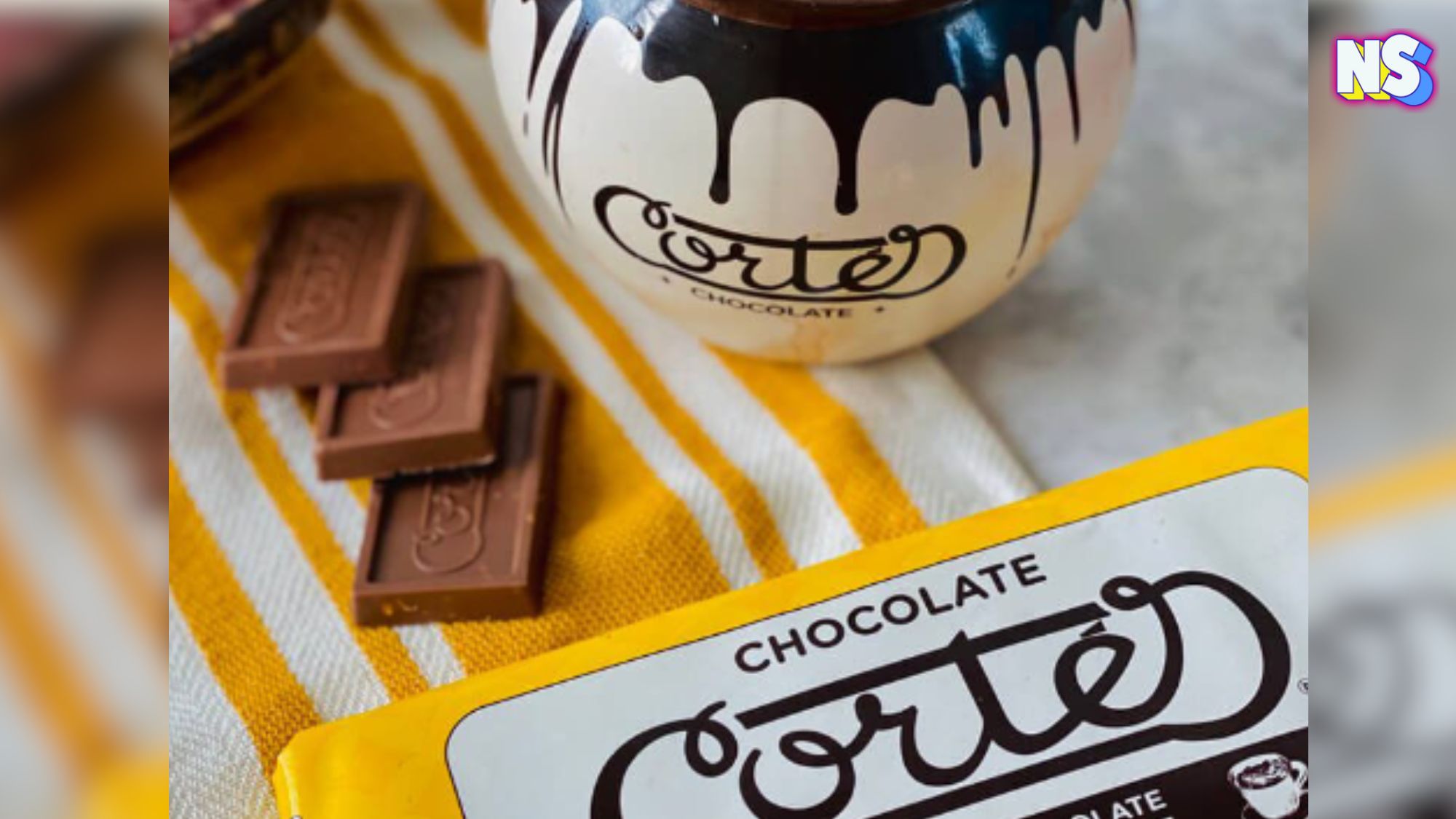When it comes to Mexican and Tex-Mex cuisines, few dishes come close to Huevos Rancheros. As we celebrate National Egg Day, we thought it was a perfect time to celebrate this delicious breakfast. Who doesn’t love a flavorful start to the day, overflowing with culinary tradition and history?
But where did this delish dish originate, and how did it come to be a symbol of Mexican culinary heritage? We cracked some eggs and got to the bottom of this yummy origin story, in the name of journalism, of course.
The History of Huevos Rancheros
The name itself translates to “ranch-style eggs” and speaks of its unpretentious origins. This we know. But pin-pointing other details of the dish’s origin story is not as easy.
“Huevos Rancheros originates from farmhouses and ranches in 16th century Mexico. It’s a traditional rural plate that was created to be consumed as a second meal for farmers after working during the early hours of the morning,” Amigo Foods writes. “The name of the dish’s creator is unknown.”
Maybe huevos rancheros is the product of a collective wisdom of generations of ranchers. After all, ranches were the beating heart of rural Mexico until the mid-20th century. Then, as cities burgeoned, people left, carrying with them traditions and recipes. And huevos rancheros endured and traveled far beyond Mexico’s borders to become an international hit.
“The meal first started gaining popularity in the USA through San Antonio, a city that shares a border with Mexico,” Amigo Foods explains. “Afterward, Huevos Rancheros and its many variations became a staple throughout North American restaurants and diners.”
The Ingredients: A Taste of Mexico
The ingredients in Huevos Rancheros are a testament to the agricultural abundance of Mexico.
“The idea is pretty much the same everywhere: two eggs over easy over a flat tortilla and topped with ranchero sauce and other condiments,” the foodie site El Pollo Norteno explains.
Corn, the staple of Mexican cuisine, forms the base of the tortillas. Tomatoes and chili peppers, integral to the salsa, are native to the region and have been cultivated since ancient times. Eggs, while ubiquitous now, became a common food source with the arrival of the Spanish in the 16th century, who brought chickens to the Americas in the 1400s.
This blending of indigenous and European ingredients and techniques is a hallmark of Mexican cuisine, and Huevos Rancheros is a perfect example of this culinary fusion. The dish reflects the ingenuity and resourcefulness of rural cooks, who crafted a meal from readily available ingredients that could provide sustenance and energy.
Huevos Divorciados
Then there are the huevos divorciados, a playful twist variation of huevos rancheros. This time, the dish’s ingredients are “divorced,” or divorciados. “Just like huevos rancheros, these are two eggs served together, but each is topped with a different type of sauce (red and green) with a side of black refried beans separating them.”
Then there are Yucatan’s huevos motuleños and New Mexican enchiladas montadas, which share the same spirit.
As for why eggs are not refrigerated in Mexico like in the United States and other parts of the world? Well, that’s another story. It’s a good one for World Egg Day, which is October 11 this year.
Featured image of Huevos Rancheros courtesy of DepositPhotos.





